
Thorsten Knipfer
Assistant Professor, Applied Biology (Plant Physiology)
604-827-0929
MCML 321
https://www.frontiersin.org/research-topics/19108/plant-water-relations-for-sustainable-agriculture
2016 - 2020: Assistant Project Scientist, Department of Viticulture and Enology, University of California, Davis, USA: The water potential (WP) curve - a new approach to determine stomatal closure and turgor loss / physiological phenotyping using cutting-edge microCT imaging and traditional measurement tools.
2011 – 2016: Postdoctoral Research Associate, Department of Viticulture and Enology, University of California, Davis, USA: Drought-induced changes in xylem function and 3-D visualizations using X-ray computed tomography and.
2011 Ph.D., School of Biology and Environmental Science, University College Dublin, Ireland: The link between cell and root water relations and aquaporin activity using pressure probing and molecular tools.
2007 Diploma (M.Sc.), Department of Plant Ecology, University of Bayreuth, Germany: Effect of solute accumulations on water uptake properties of corn roots.
My research program is fascinating because it allows us to obtain an advanced understanding of drought stress responses of woody perennial crops at micro- and macroscopy level using a combination of cutting-edge and traditional research tools. The goal of my research is to determine the spatiotemporal coupling of organ and cell specific processes that govern whole-plant performance under water stress by drought and following soil rehydration. This information will provide the foundation for (i) developing advanced strategies for the selection of crop genotypes with improved drought resistance (‘physiological phenotyping’) and (ii) for creating management practices that allow for sustainable crop production through water savings.
Projects:
- Dynamics of changes in xylem transport, storage and viability (X-ray computed tomography, fluorescence light microscopy).
- Stress thresholds and the sequence of drought-induced physiological events (WP curve method).
- Regulation of cell and root water relations under drought and its impact on whole-plant performance (pressure-probe methodology).
- Physiological phenotyping to identify crop genotypes that allow for sustainable agriculture through water savings (greenhouse-based screening platform).
Please contact me via email to find out more about MSc and PhD opportunities and research news.
See Google Scholar or Research Gate for a full list of publications.
Knipfer T, Bambach N, Hernandez MI, Bartlett MK, Sinclair G, Duong F, Kluepfel DA, McElrone AJ. 2020. Predicting stomatal closure and turgor loss in woody plants using predawn and midday water potential. Plant Physiology doi: 10.1104/pp.20.00500.
Knipfer T, Reyes C, Momayyezi M, Brown PJ, Kluepfel D, McElrone AJ. 2020. A comparative study on physiological responses to drought in walnut genotypes (RX1, Vlach, VX211) commercially available as rootstocks. Trees 34: 665-678.
Knipfer T, Reyes C, Earles JM, Berry ZC, Johnson D, Brodersen CR, McElrone AJ. 2019. Spatiotemporal coupling of vessel cavitation and discharge of stored xylem water in a tree sapling. Plant Physiology 179: 1658-1668.
Knipfer T, Cuneo I, Brodersen C, McElrone AJ. 2016. In-situ visualization of the dynamics in xylem embolism formation and removal in the absence of root pressure: A study on excised grapevine stems. Plant Physiology 171: 1024-1036.
Knipfer T, Besse M, Verdeil JL, Fricke W. 2011. Aquaporin-facilitated water uptake in barley (Hordeum vulgare L.) roots. Journal of Experimental Botany 62: 4115-4126.
Embark Initiative Postgraduate research scholarship, Irish Research Council for Science, Engineering and Technology.
Plant-Water Relations for Sustainable Agriculture (Frontiers of Plant Science, Topic Editors T Knipfer & I Cuneo):
Now open for paper submissions: https://www.frontiersin.org/research-topics/19108/plant-water-relations-for-sustainable-agriculture
Scholander-type pressure chamber:
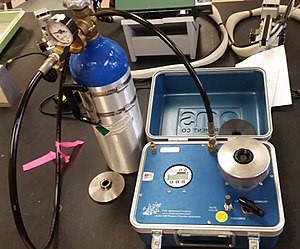
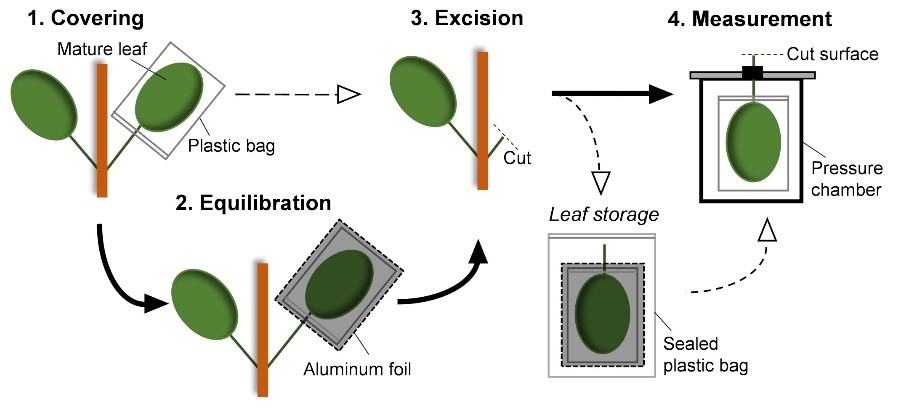
X-ray computed tomography and 3-D imaging (https://bmit.lightsource.ca/)

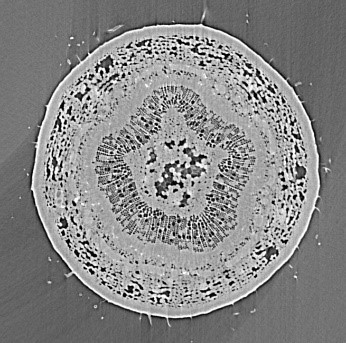
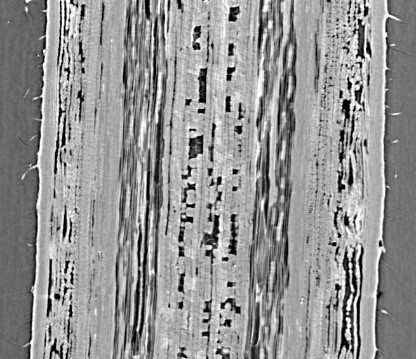
Fluorescence light microscopy – cell viability and apoplastic barriers:
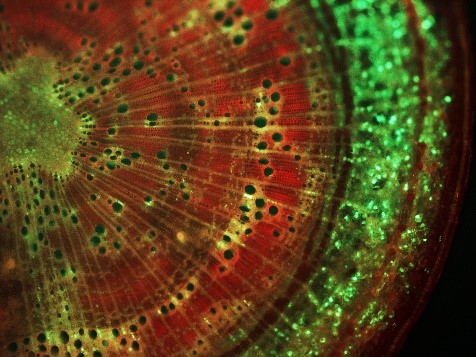
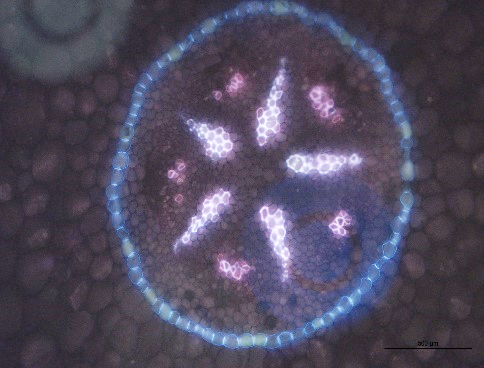
Tagged with: Applied Biology, Faculty, Plant Science, Sustainable Agriculture and Environment